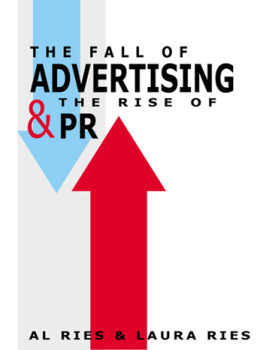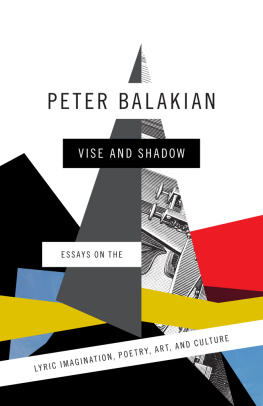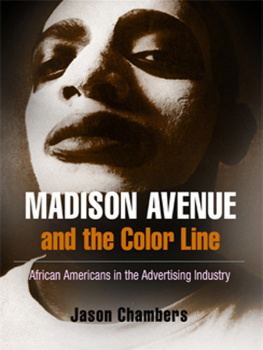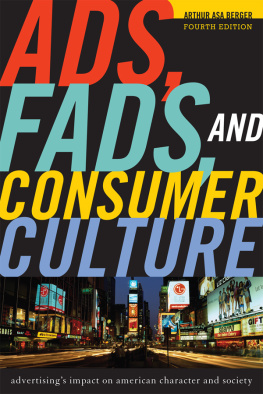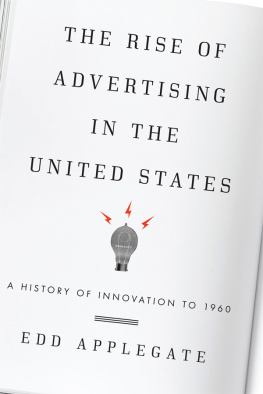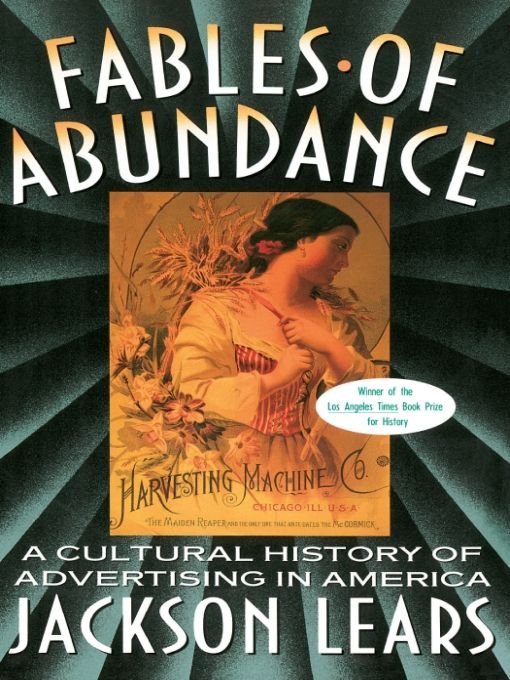Table of Contents
For my mother, my father, and my brother Lee
and for my daughters, Rachel and Adin,
in remembrance and hope
Le superflu, chose trs ncessaire.
Voltaire
There is no wealth but life.
John Ruskin
ACKNOWLEDGMENTS
I HAVE RECEIVED more help with this book than I can adequately acknowledge here. Nevertheless, I will try, bearing in mind that I will probably leave out some deserving people. I am continually amazed and humbled by the generosity of friends and colleagues, many of whom took valuable time from busy schedules to read and comment on my work, without any reward except the satisfaction of sustaining that most elusive ideal, a community of scholars. Everyone mentioned here helped in some crucial way with the book; I alone am responsible for the flaws that remain.
Research on this book was supported by fellowships from the Guggenheim Foundation, the Rockefeller Foundation, the Woodrow Wilson International Center for Scholars at the Smithsonian Institution, the Center for the Critical Analysis of Contemporary Culture at Rutgers University, and the Shelby Cullom Davis Center for Historical Studies at Princeton University. The last three provided congenial environments where I could develop my ideas. For thoughtful criticism and encouragement, I am especially indebted to Jay Tolson, Michael Lacey, and my research assistant Marguerite Jones at the Wilson Center, to George Levine and Miriam Hansen at CCACC, and to Lawrence Stone and Gyan Prakash at the Davis Center.
I owe much, as well, to archivists and librarians at the Ellis Library (University of Missouri), Alexander Library (Rutgers), Firestone Library (Princeton), the Library of Congress, the Newberry Library, the National Museum of American History, the Wisconsin State Historical Society, Knox College Library, Dartmouth College Library, the Bridgeport Public Library, and the New-York Historical Society. Cynthia Swank and Anne Marie Sandecki deserve special thanks for guiding me through the archives at the J. Walter Thompson Company in New York City.
In the early going, at the University of Missouri, I benefited from the intellectual camaraderie of Michael and Maurita Ugarte, Ken Plax, Steven Watts, Joel Bleifuss, Teresa Prados, George Hodak, Thomas Quirk, Mark Hirsch, Dina Copelman, and David Thelen, and from the yeoman research assistance of Rod McHugh. During a year at the National Museum of American History I was helped in various important ways by Gary Kulik, Spencer Crew, Susan Myers, Larry Bird, Keith Melder, John Fleckner, Charles McGovern, and Pete Daniel. Students and colleagues at Rutgers have created an atmosphere at once lively, challenging, and supportive. Robert Mensel, Miriam Formanek-Brunell, Mary Blanchard, Grace Hale, and Scott Sandage provided me with leads and bibliographic suggestions. Allen Douglas saved me from computer disaster, and Randy Steams offered able research assistance. Rudolph Bell, Michael Adas, and Thomas Slaughter read an early version of the argument and commented perceptively on it. John Gillis and Victoria deGrazia brought their transatlantic perspectives to sizable chunks of the manuscript, reducing its parochialism and improving it in a host of other ways. Jim Livingston provided splendid provocation, questioning my fundamental premises at every turn and forcing me to re-examine assumptions I had too easily accepted. Samuel Elworthy and Michael Moffatt gave me anthropologically informed readings of an entire first draft; their suggestions played a major role in reshaping the book into its final form.
Other scholars around the country responded generously to my requests for advice and criticism. Rick Pollay and William Leiss made useful conceptual suggestions. Lynda Roscoe Hartigan at the National Museum of American Art provided last-minute information on Joseph Cornell. Lewis Perry and Leigh Schmidt read and commented helpfully on the entire manuscript. David Brion Davis wisely cautioned me against uncritical use of poststructuralist theory (especially Foucaults). Rodney Olsen, Michael Smith, David Noble, Angela Miller, and Harvey Green supplied encouragement at critical moments. Kenneth Cmiel and Richard Wightman Fox read large portions of the manuscript with exceptional care and critical judgment. Michele Bogart brought her expertise in art history to bear on what became chapter 9. J. Gregory Conti, writing from Perugia, brilliantly illuminated the larger contours of the argument by placing it in a transatlantic framework. And Leo Lionni graciously spent an afternoon with me reminiscing about his years as an artist in advertising.
I am grateful to those university audiences that invited me to try out my ideas. They included Mark Crispin Miller, Gillian Brown, Howard Horwitz, Charles Berger, John and Joy Kasson, Townsend Ludington, Robert Skolnick, Bruce McConachie, Wally Bowen, Bruce Ronda, Cheryl Walker, Daniel Horowitz, Albert Stone, Thomas Lutz, Jonathan Prude, James Harvey Young, Walter Adamson, Steven Tipton, Lary May, Elaine Tyler May, Thomas Haskell, and Patrick Murray. Jun Furuya and his colleagues at Hokkaido University deserve special thanks for inviting me to the Sapporo Cool Seminar at Sapporo, Japan, where I enjoyed an exciting and eye-opening week of conversations with some extraordinarily perceptive students of American culture.
I have been lucky to have two great editors: Andr Schiffrin, who patiently sponsored this project for years; and Steve Fraser, who saw it through to completion, and whose comments immeasurably improved the final version.
A greater good fortune is acknowledged in my dedication. The memory of my father, Walter Lee Lears; the love and support of my mother, Margaret Baptist Lears, and my brother, R. E. Lee Learsthese have continued to provide me sustenance (more, I am sure, than I have realized) even after years of long-distance separation. My daughters, Rachel and Adin Lears, have been a truly precious gift. Through the often dark and lonely times of work on this project, they have sustained me with their humor, their vitality, and their love. As if this were not enough, Rachel performed valuable photographic services for me; and both she and Adin provided their gifts for crisp imagery and musical language. They have given me the best of all possible reasons to preserve hope for the future.
My greatest debt is to Karen Parker Lears. She has read only a few selected portions of the manuscript; she bears no responsibility for any of my particular arguments. Nevertheless, we have had innumerable conversations about cultural history, and I have benefited immeasurably from her fresh analytic insights, her impatience with formulaic complaint, her assumption that I should try to write something of more than topical value, and her unflagging critical intelligence. She has urged me to make my work both more intellectually rigorous and more philosophically humane. In pondering alternatives to the culture promoted by advertising, I have been inspired by her artistic work and by her way of being in the world. If this book transcends mere critique, if it promotes even a glimpse at a more satisfying vision of how we might live, I owe that accomplishment primarily to her.
Furmans Corner, New Jersey
February 1994
INTRODUCTION
WHAT do advertisements mean? Many things. They urge people to buy goods, but they also signify a certain vision of the good life; they validate a way of being in the world. They focus private fantasy; they sanction or subvert existing structures of economic and political power. Their significance depends on their cultural setting.


